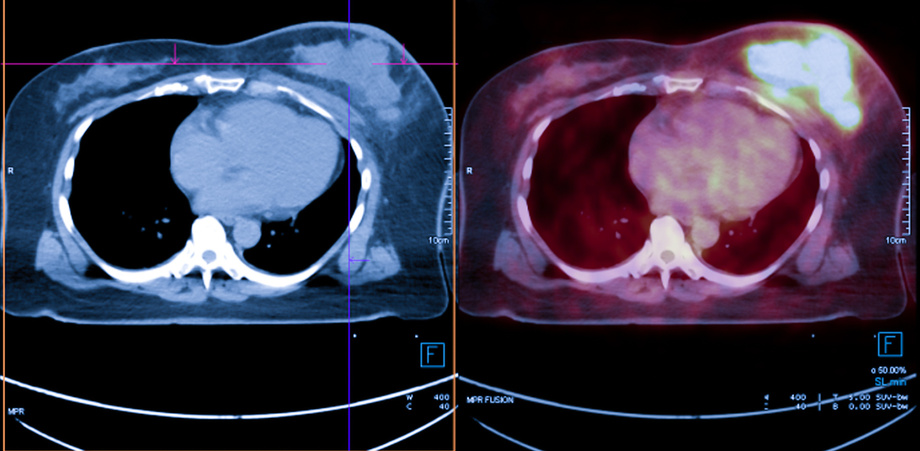Method for In Vivo Detection of Cell-Surface Disease Markers
A pair of compatible reagents, one antibody-based biomarker target and one small molecule PET tracer, combine to provide a high affinity, disease specific detection system.
The medical diagnostics industry has an urgent demand for efficient non-invasive biomarkers to diagnosis and stage disease progression for cancer and Alzheimer's disease. One solution to this demand was the development of bioorthogonal reagents, chemicals designed to work together for a specific chemical reaction in a living system without interfering with the native biochemical processes in the system. This technology platform offers a bioorthogonal chemistry method for advanced PET imaging, applicable to solid tumors or brain protein plaques.
Relevant Links:
This University at Buffalo invention offers a pair of compatible reagents, one antibody-based cell-surface biomarker target and one small molecule PET tracer (radioligand, represented in Figure 1 as BCN), that combine to provide a high affinity, disease specific detection system. This invention incorporates a new class of bioorthogonal regents called hydrazonyl sulfates (HS) that serve as stable tautomers of nitrile imines (NI), which are highly reactive. The novel chemical format of this innovative technology overcomes the largest limitation of current PET imaging systems, the high background signal due to extended in vivo half-life of current antibodies employed, offering increased sensitivity, as well as improved disease detection and staging for patients.
 Source: samunella, https://stock.adobe.com/uk/239034559, stock.adobe.com
Source: samunella, https://stock.adobe.com/uk/239034559, stock.adobe.com
- HS display a broad range of aqueous stability and tunable reactivity in a 1,3-dipolar cycloaddition reaction
- 6-member HS structure is extraordinarily stable
- Two-part bioorthogonal system is modular so each reagent can be individually optimized
- Standardization of the radioligand allows one 18F tracer independent of the cell-surface marker targeted
- Reduced PET imaging background as radioligand is secreted in less than one hour
- Diagnosis of disease
- Staging of disease progression
- Research tool for PET imaging studies
US Provisional Patent Application 63/440,237 filed on January 20, 2023
Laboratory demonstration through in vitro studies and analytical chemical analysis.
Available for licensing or collaboration.
Patent Information:
| App Type |
Country |
Serial No. |
Patent No. |
Patent Status |
File Date |
Issued Date |
Expire Date |
|